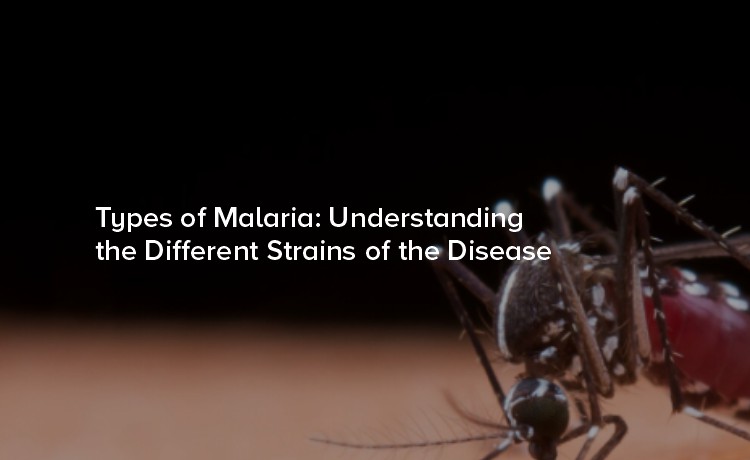
Malaria has been a significant global health challenge for centuries, impacting millions of people each year. It’s caused by a tiny, parasite-transmitting mosquito bite, yet its consequences can be life-threatening if left untreated. But did you know that malaria isn’t just one single disease? There are, in fact, multiple strains of malaria, each with varying levels of severity, symptoms, and global impact.
Malaria is a mosquito-borne infectious disease caused by Plasmodium parasites. These parasites are transmitted to humans through the bites of infected Anopheles mosquitoes. Once in the human bloodstream, they head for the liver to multiply before invading red blood cells, leading to a wide range of symptoms such as fever, chills, headache, and fatigue.
There are five primary species of the Plasmodium parasite that cause malaria in humans. Each strain presents unique challenges in terms of symptoms, treatment, and geographic distribution. Below is an exploration of each type:
1. Plasmodium falciparum
The Deadliest Strain
Responsible for the majority of malaria-related deaths worldwide, Plasmodium falciparum is the most dangerous strain of the disease.
Key Characteristics:
Symptoms Specific to P. falciparum
High fever, severe chills, nausea, and confusion are common, but symptoms can quickly escalate into life-threatening complications.
2. Plasmodium vivax
The Most Widespread Strain
Unlike P. falciparum, Plasmodium vivax is more geographically widespread, thriving in Asia, South America, and some parts of Africa. It is less deadly but still poses serious health risks if untreated.
Key Characteristics:
Symptoms Specific to P. vivax
While its initial symptoms resemble flu, its ability to reemerge makes it a significant challenge for health professionals. Patients often experience recurring fevers.
3. Plasmodium ovale
The Rare ‘Milder’ Strain
Plasmodium ovale is relatively rare and usually found in West Africa and certain Pacific Islands. Though less severe than P. falciparum and P. vivax, it poses a health threat, especially in untreated cases.
Key Characteristics:
Symptoms Specific to P. ovale
The symptoms closely resemble those of P. vivax, such as mild fever, fatigue, and headache. However, these symptoms are less intense.
4. Plasmodium malariae
The Chronic Strain
Though infections caused by Plasmodium malariae are rare, this strain has drawn attention for its unique ability to persist in the bloodstream at low levels for extended periods (even years) without causing noticeable symptoms.
Key Characteristics:
Symptoms Specific to P. malariae
Episodes of fever often occur in regular 72-hour intervals, unlike other strains with shorter cycles.
5. Plasmodium knowlesi
The Animal Strain That Jumped to Humans
Unlike the other strains, Plasmodium knowlesi was originally found in macaque monkeys. Over recent years, however, this strain has been recognized as a significant malaria infectant in humans, particularly in Southeast Asia.
Key Characteristics:
Symptoms Specific to P. knowlesi
Symptoms often mimic those of P. malariae, but the intervals between fever episodes are shorter, making it aggressive in nature.
Why does it matter which strain of malaria someone has? Here’s why identifying the strain is critical:
For example, medication like Artemisinin-based Combination Therapies (ACTs) are commonly prescribed for P. falciparum, while strains like P. vivax often require additional treatment, such as primaquine, to address liver-stage parasites.
Understanding malaria shouldn’t only focus on treatment; prevention plays a crucial role in combating the disease. Here are some key preventive steps:
Understanding the various types of malaria gives health professionals and governments the tools they need to combat this disease effectively. Each strain presents unique challenges, but with targeted prevention, treatment, and research efforts, we can aspire to move closer to a malaria-free world.